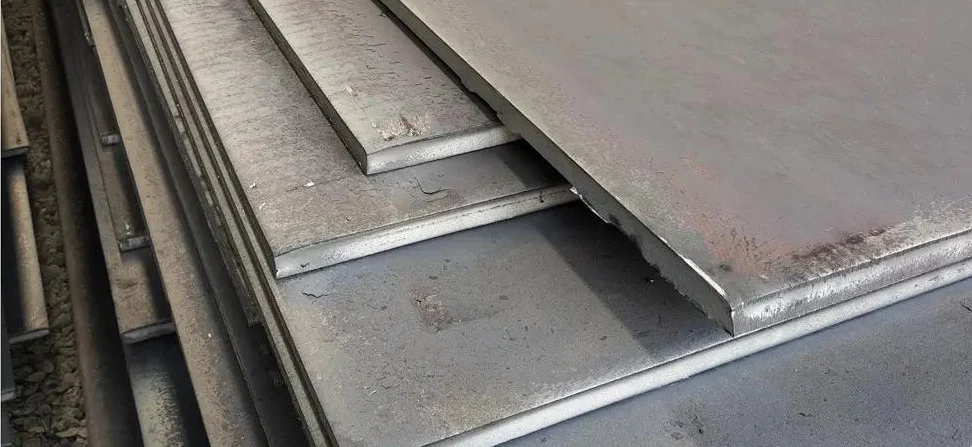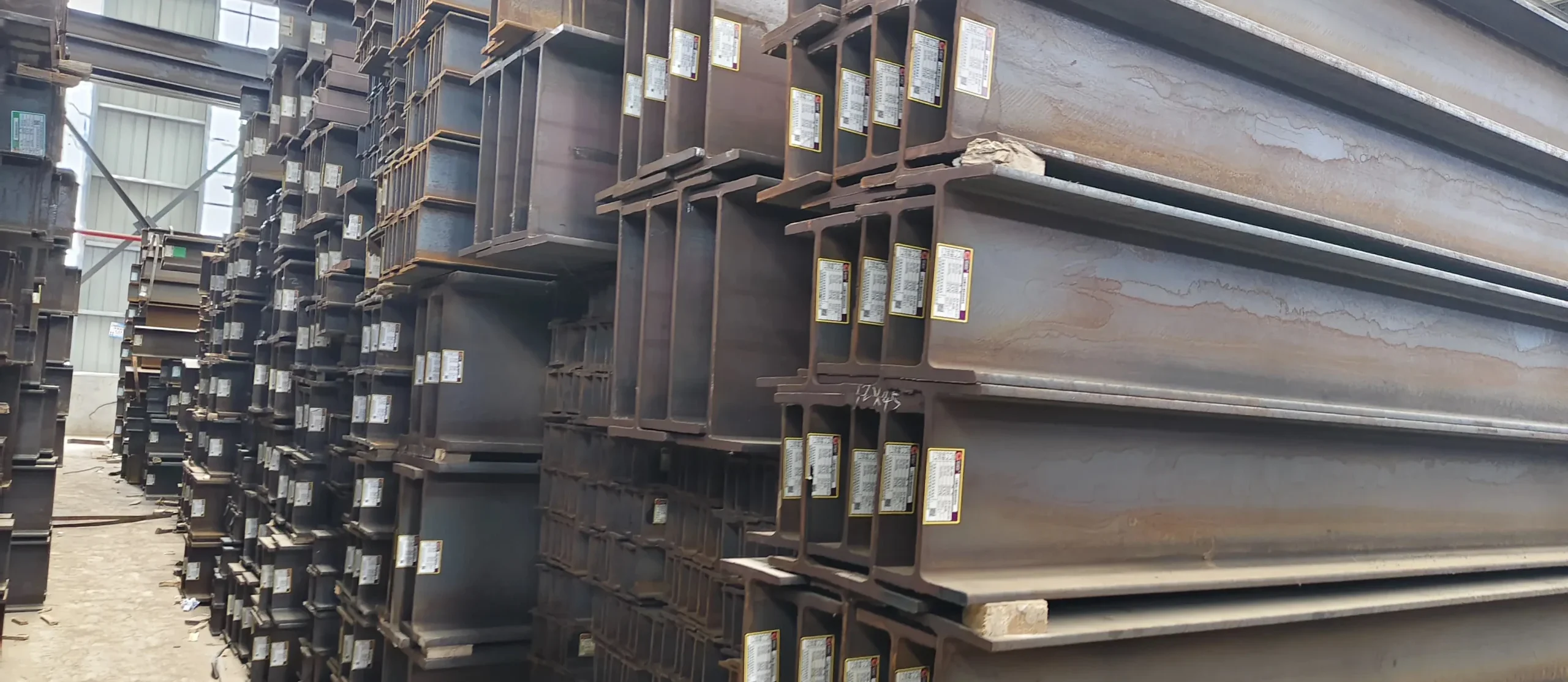What is Critical Pitting Corrosion Temperature And Critical Crevice Corrosion Temperature
Critical pitting temperature (CPT) refers to the lowest temperature enthalpy at the initiation and development of steady-state pitting on the surface of a sample under specific test conditions.

Critical pitting temperature is used to evaluate the pitting sensitivity of materials, which refers to the lowest temperature enthalpy of steady-state pitting of materials.
According to Qvarfbrt’s research results, the critical pitting temperature appears as a sudden inflection point temperature on the breakdown potential versus temperature curve. When the temperature is lower than the critical pitting temperature, the surface of the material does not undergo steady-state pitting, which is characterized by over-passivation. Corrosion, breaking potential is caused by excessive corrosion
When the temperature is greater than the critical pitting temperature, the breakdown potential rapidly drops from the passivation state by several hundred millivolts, resulting in steady-state pitting. Since there are many metastable pittings below the critical pitting temperature, these metastable pitting does not become steady state no matter how high the potential is applied.
This indicates that the critical pitting temperature is the critical temperature at which the metastable pitting changes to steady-state pitting.
The metal surface forms a gap due to the presence of foreign matter or structural reasons, which causes the metal corrosion in the slit to accelerate, which is called critical crevice corrosion. Critical crevice corrosion is a common form of localized corrosion that typically occurs in the gap between metal and metal or between metal and non-metal, typically such as gaskets, flange joints, bolted joints, and deposited sludge. It is overlapped with metal and metal plates.
Critical crevice corrosion, like Critical pitting corrosion, has a critical temperature called CCT (critical crevice corrosion temperature). CCT is very helpful in judging the sensitivity of crevice corrosion and preventing critical crevice corrosion. The factors affecting CCT are more complicated, and are closely related to the water chemical environment in the gap, the geometrical conditions of the gap and the material composition of the gap.
What are the criteria for determining the critical pitting temperature or critical crevice corrosion temperature?
- GB/T 32550-2016 Determination of critical pitting temperature under corrosion constant potential control of metals and alloys
- ISO 17864-2005 Determination of critical pitting temperature under corrosive electrostatic position control of metals and alloys
- ISO 18089-2015 Determination of crevice corrosion temperature of stainless steel under corrosion and constant potential control of metals and alloys
- ASTM G48-11 Test Method for Determination of Pitting Corrosion and Interstitial Corrosion of Stainless Steel and Related Alloys Using Ferric Chloride Solution
- Standard Test Method for ASTM G150-99 Stainless Steel Electrochemical Critical Pitting Corrosion Test
Critical pitting temperature or critical crevice corrosion temperature test points summary
GB/T 32550-2016 Determination of critical pitting temperature under corrosion constant potential control of metals and alloys
Scope of application:
This standard specifies the method, procedure and requirements for rapid determination of critical pitting temperature of stainless steel with a single sample.
This standard is applicable to the determination of critical pitting temperature of stainless steel under constant potential control (austenite, ferrite/austenite). , ferrite).
*Note: The critical pitting temperature defined in this standard can be used as a relative indicator of performance. For example, to compare the relative performance of different grades of stainless steel, the test in this standard is not intended to determine the temperature at which pitting occurs in the service environment.
Test principle:
- 1) Exposing the sample to a specific test environment and maintaining the potential of the sample at a specified value, increasing the surface temperature of the sample at a specific rate by heating the solution.
- 2) The critical pitting temperature is defined as the corresponding sample temperature when the electrode density of the sample exceeds the specified value of 60 seconds. The delay of 60 s is to ensure that the observed increase in current comes from the initiation and development of steady-state pitting, instead of Short-term current peaks caused by metastable pitting.
- 3) The sample holder is designed to ensure that crevice corrosion does not occur at the seal between the sample and the sample holder.
- 4) There will be a temperature gradient between the bulk solution and the sample, the magnitude of which depends on the shape and size of the sample.
- 5) The heating rate, test environment and given potential vary with materials. Refer to Appendix A for a selection guide for austenitic stainless steel and other stainless steel test parameters.
- 6) The critical pitting temperature defined by this test method is only used as a relative comparison index of performance.
Test decoration:
Potentiostat, electrode potential measuring instrument, electric measuring instrument, temperature controlled sample holder, electrolytic cell, auxiliary electrode, reference electrode.
Specimen requirements: Any specimen suitable for the specimen holder can be used. The surface condition of the specimen with the minimum working area should be reproducible.
Evaluation of test results: observation of the surface of the sample after the test, critical pitting temperature (CPT), conversion formula between the test solution and the sample temperature
ASTM G4S-11 Test Method for Determination of Pitting Corrosion and Interstitial Corrosion of Stainless Steel and Related Alloys Using Ferric Chloride Solution
Test method:
- Test A (ferric chloride pitting corrosion test)
- Test B (ferric chloride corrosion test)
- Test C (critical pitting temperature test of nickel-based chromium-containing alloy for bearings)
- Test D (critical crevice corrosion temperature test of nickel-based niobium containing alloy for bearings)
- Test E (stainless steel critical pitting temperature test)
- Test F (stainless steel critical crevice corrosion temperature test)
Test Instruments:
- Wide mouth flask, test tube, condenser, through hole and cover, sample holder, constant temperature water bath or oil bath, crack template
- Test temperature: test A ^ B recommended test temperature is 22 ° C ± 2 ° C or 50 ° C ± 2 ° C
- Test C, D, E, F baths should be capable of providing a constant temperature between 0 °C and 85 °C ± 1 °C
Test solution: For method C, D, E and F, 68.72 g of reagent grade FeCl3 . 6H20 was dissolved in 600 mL of reagent grade water, and 16 mL of reagent grade concentrated hydrochloric acid was added to form a solution having a mass fraction of about 6% FeCl3 and 1% HCl.
Sample size: recommended 25*50* (2~6) mm, adjustable
Number of samples: 5-6 samples, more and more good
Test time: 24 hours for a single sample
Posted by stainless steel tubing supplier and stainless steel pipe supplier KAYSUNS.



